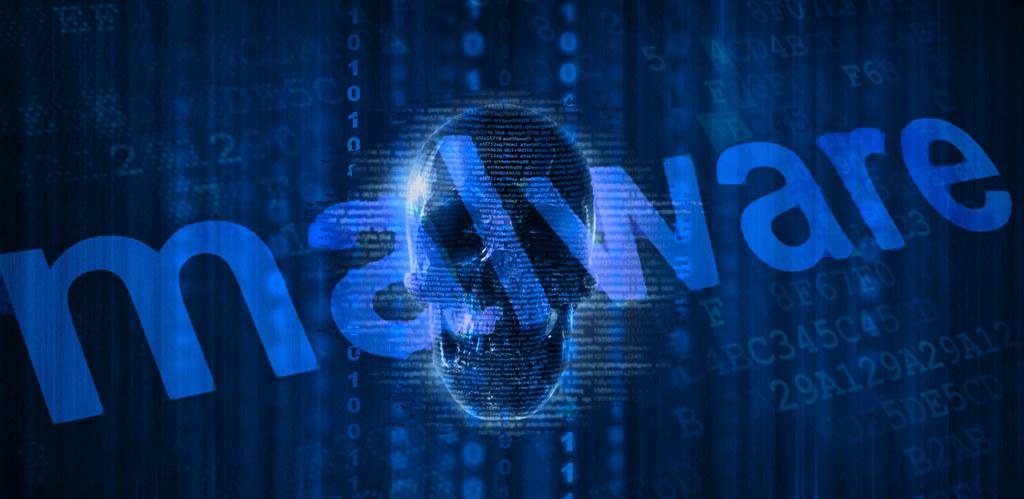In the digital age, malware has become an ever-present threat to individuals and businesses. From ransomware to trojans, the range of malicious software out there is vast and constantly evolving. In order to protect yourself and your data from these threats, having a solid malware response checklist is essential. This article will guide you through the steps you need to take in the event of a malware attack, ensuring you are prepared to swiftly and effectively deal with the situation. So, take a deep breath and read on to arm yourself with the knowledge you need to combat the cyber threats that lurk in the shadows of the internet.
Recognizing Malware Signs
When it comes to protecting your devices and data from malware, it’s crucial to be able to recognize the signs of infection. Malware can cause serious damage to your system, leading to data breaches, financial loss, and identity theft. By knowing what to look out for, you can take proactive steps to prevent and mitigate the impact of malware on your devices.
Here are some common signs that your device may be infected with malware:
- Unexplained slowdowns or crashes
- Unexpected pop-up ads
- Changes to your homepage or search engine
- Unusual network activity
- Strange files or programs on your device
If you suspect that your device has been infected with malware, it’s important to take immediate action. Follow these steps to respond effectively to a malware infection:
| Step | Action |
|---|---|
| 1 | Disconnect from the internet |
| 2 | Run a full virus scan with your antivirus software |
| 3 | Remove any suspicious files or programs |
| 4 | Change your passwords |
Immediate Actions to Take
As soon as malware is suspected on your system, it is crucial to take immediate actions to minimize the damage and protect your data. Follow these steps to effectively respond to a malware attack:
- Disconnect from the Internet: The first step is to disconnect your device from the internet to prevent further communication with the attacker.
- Isolate the Infected Device: Remove the infected device from any network connections to prevent the spread of malware to other devices.
- Backup Important Data: Before taking any actions to remove the malware, make sure to backup all important data to prevent data loss.
After taking these immediate actions, continue with the malware response checklist to thoroughly clean and secure your device. Remember to stay calm and focused while addressing the malware attack to prevent further damage.
| Actions | Details |
|---|---|
| Run Antivirus Scan | Use a reputable antivirus software to scan and remove malware from your device. |
| Update Software | Make sure all software and applications are up to date to patch any security vulnerabilities. |
Essential Tools for Malware Removal
When it comes to dealing with malware, having the right tools at your disposal is crucial. Below is a list of essential tools that every cybersecurity professional should have in their arsenal:
- Antivirus Software: A reliable antivirus program is your first line of defense against malware. Make sure to keep it updated regularly to ensure maximum protection.
- Malwarebytes: This powerful tool specializes in detecting and removing malware, including ransomware and spyware.
- CCleaner: A system optimization tool that can help clean up your computer by removing unnecessary files and fixing registry errors.
Having these tools handy can help you quickly identify and eliminate any malicious software that may be lurking on your system. Remember to always stay vigilant and proactive in keeping your devices safe from cyber threats.
Preventative Measures to Avoid Future Infections
When it comes to protecting your devices from malware and other cyber threats, it’s essential to have a solid plan in place. By following a malware response checklist, you can take proactive steps to avoid future infections and keep your systems safe and secure.
One of the first things you should do to prevent future infections is to regularly update your antivirus software. Keeping your antivirus program up to date ensures that it can detect and block the latest threats. Additionally, make sure to enable automatic updates so that your software is always current.
Another important preventative measure is to be cautious when clicking on links or downloading files from unknown sources. Use a secure password manager to create and store strong, unique passwords for all of your accounts. Finally, regularly back up your data to an external hard drive or cloud storage service, so that you can quickly recover in the event of an infection.
The Way Forward
In conclusion, having a malware response checklist in place is crucial for maintaining the security and integrity of your systems. By following the steps outlined in this article, you can effectively respond to malware incidents and minimize the impact on your organization. Remember, prevention is key, but having a well-prepared response plan can make all the difference in protecting your data and networks. Stay vigilant, stay informed, and stay safe in the digital world.
